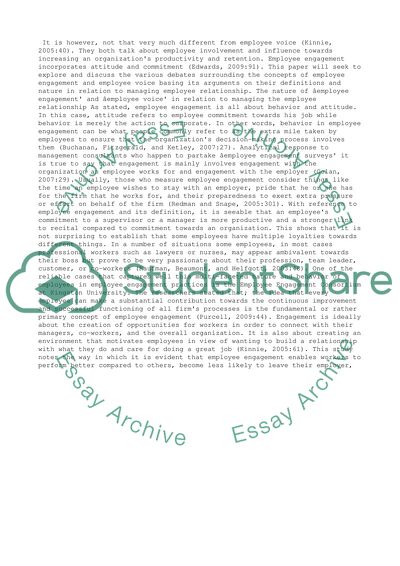Cite this document
(“Employee Engagement and Employee Voice Paper Essay”, n.d.)
Retrieved from https://studentshare.org/business/1401919-employee-engagement-and-employee-voice
Retrieved from https://studentshare.org/business/1401919-employee-engagement-and-employee-voice
(Employee Engagement and Employee Voice Paper Essay)
https://studentshare.org/business/1401919-employee-engagement-and-employee-voice.
https://studentshare.org/business/1401919-employee-engagement-and-employee-voice.
“Employee Engagement and Employee Voice Paper Essay”, n.d. https://studentshare.org/business/1401919-employee-engagement-and-employee-voice.


